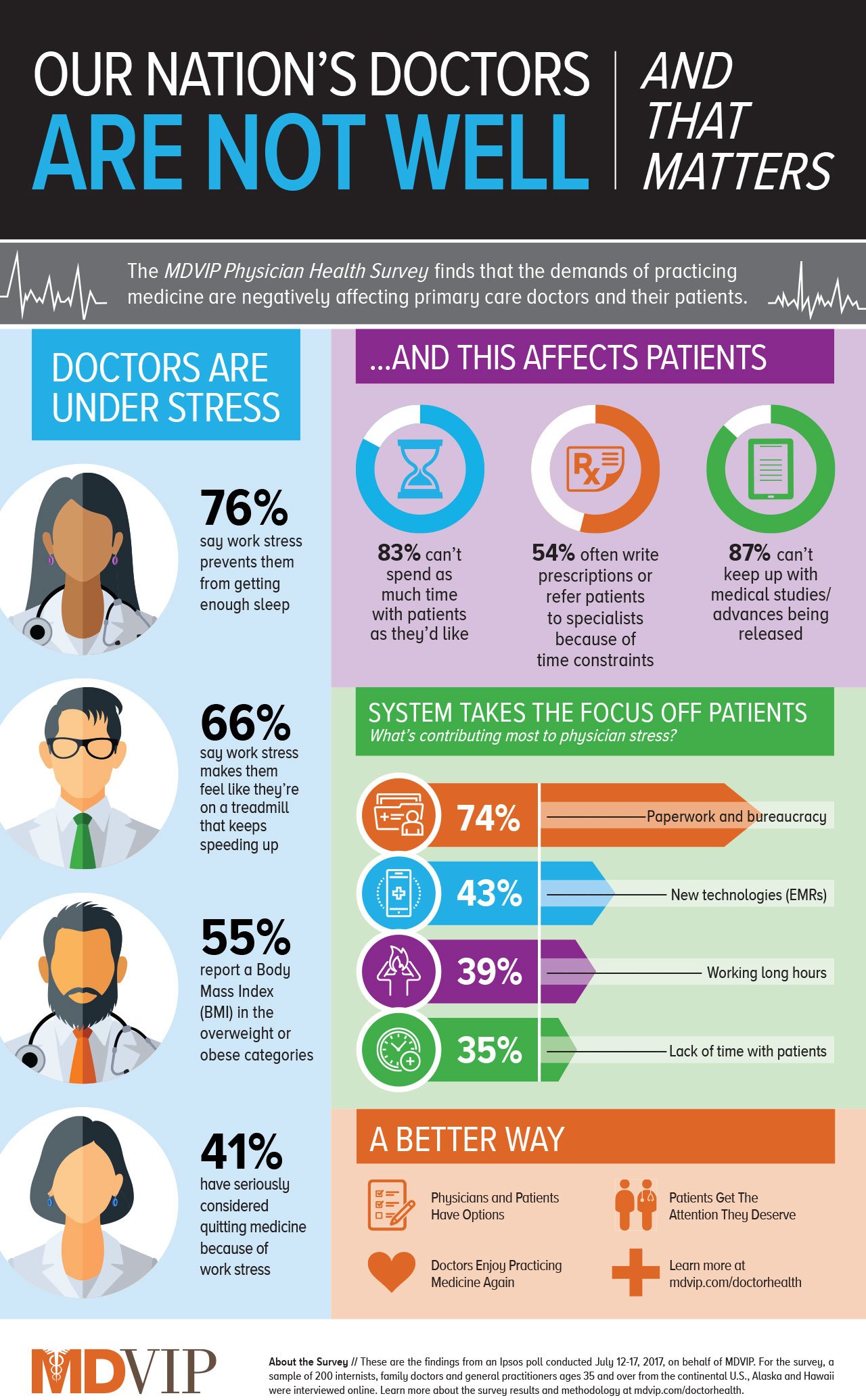What You Need To Recognize About The Effect Of Telehealth On Primary Care Solutions

Content By-Mahmood Suhr
In today's rapidly evolving health care landscape, telehealth has actually become a game-changer in the realm of health care solutions. Picture a circumstance where standard healthcare boundaries are transcended, and medical appointments are simply a click away. But what does this mean for the future of medical care delivery, and just how will it influence your interactions with healthcare providers? Stay tuned to discover the necessary insights right into exactly how telehealth is improving health care services and what it means for you as a client navigating this brand-new era of health care.
The Surge of Telehealth in Medical Care
With the improvement of modern technology, telehealth has actually considerably increased in prestige within primary care solutions. You may have already seen exactly how easy it's to set up an online appointment with your medical professional or therapist. Telehealth permits you to get clinical advice and treatment from the convenience of your very own home, conserving you time and reducing the requirement for in-person check outs.
https://writeablog.net/latina68man/leading-factors-to-go-to-a-health-care-clinic-on-a-regular-basis of medical care suppliers currently offer telehealth solutions as part of their routine technique, offering you more alternatives for accessing health care. By utilizing video calls, phone appointments, and safe and secure messaging, telehealth allows you to connect with medical care specialists efficiently. This change in the direction of telehealth has been sped up by the COVID-19 pandemic, highlighting the relevance of remote healthcare services.
As even more individuals experience the convenience and performance of telehealth, it's expected to end up being an irreversible component in primary care services.
Perks of Telehealth Solutions
Telehealth services provide people a hassle-free and effective means to access medical care from another location. Among the key benefits is raised ease of access to physician, specifically for people residing in country or underserved locations. With telehealth, you can get in touch with doctors and experts without the demand to travel long distances, conserving you money and time.
One more advantage is the adaptability it provides in scheduling consultations. You can reserve online appointments at once that suits you, eliminating the requirement to require time off work or reposition your everyday regimen. https://www.gmu.edu/news/2023-10/mason-opens-new-behavioral-health-facilities-fairfax encompasses follow-up appointments and surveillance of persistent problems, making health care more convenient and less disruptive to your life.
Additionally, telehealth services can improve connection of care by enabling seamless communication between various doctor involved in your treatment. This better control can result in much better wellness results and a more all natural method to your health.
In addition, telehealth can reduce the threat of exposure to infectious health problems, making it a safe alternative throughout condition episodes like the recent COVID-19 pandemic.
Challenges and Future Overview
Navigating regulative hurdles stays a significant obstacle for the extensive adoption of telehealth solutions in primary care. Healthcare providers should abide by different state and government policies that can vary dramatically, producing complexities for seamless telehealth distribution.
Reimbursement policies additionally pose a challenge, as not all insurance policy plans completely cover telehealth solutions, restricting individual accessibility and provider determination to provide these services.
In addition, technical barriers such as inconsistent net connection in backwoods can hinder the effectiveness of telehealth gos to. Making sure client privacy and data safety and security in digital appointments is another pressing worry that requires robust solutions to keep confidentiality and count on.
Looking ahead, the future of telehealth in primary care appears encouraging with developments in modern technology and evolving health care plans. Joint efforts between policymakers, healthcare organizations, and innovation business are essential to attend to these difficulties.
Conclusion
Finally, telehealth is reinventing primary care by using practical and reliable remote medical care services.
With the surge of online visits, people can quickly access medical guidance and treatment from the convenience of their homes.
Regardless of some obstacles, the future of telehealth in medical care looks promising with enhanced continuity of care and enhanced patient results.
Embrace the ease and advantages of telehealth for an extra obtainable and reliable medical care experience.

